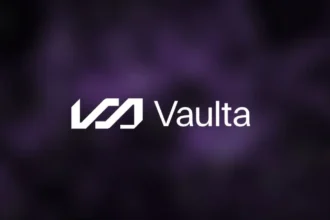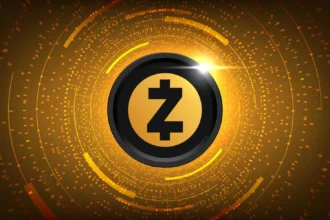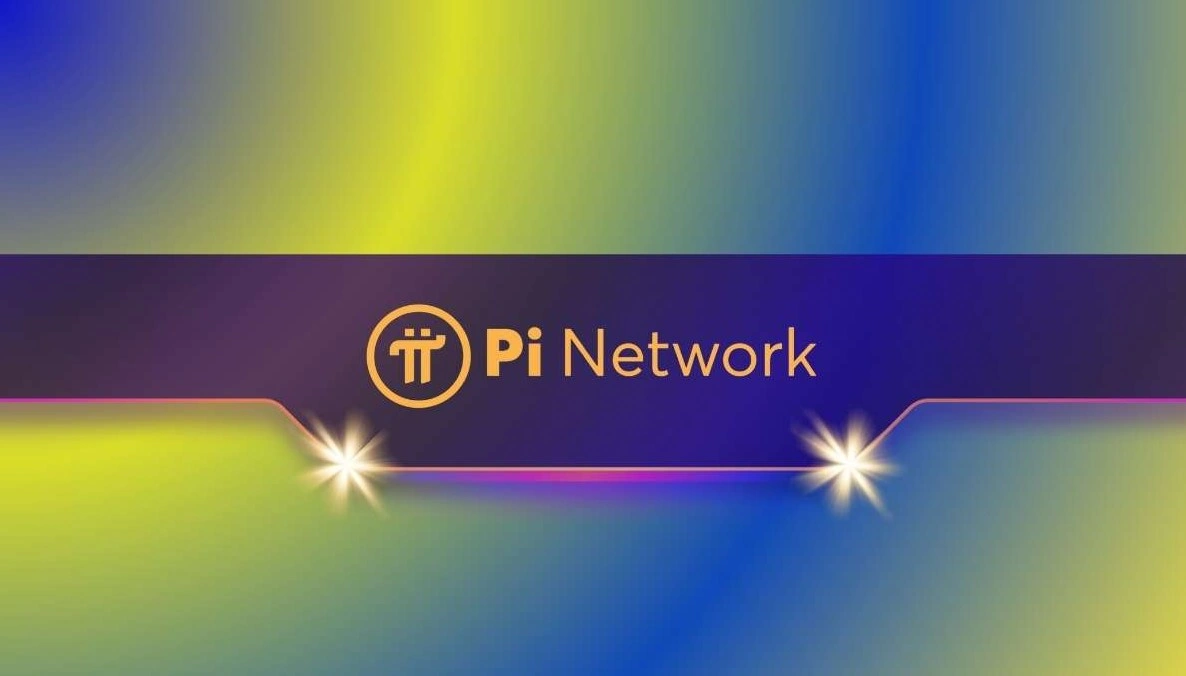As the Pi Network prepares to launch its much-anticipated Open Mainnet, the project’s leadership has turned its attention to the pitfalls of previous token launches—most notably the OMN token crash. With expert guidance and a focus on decentralization and transparency, Pi Network aims to avoid similar setbacks and ensure a smooth transition for its growing user base.
Learning from the OMN Token Collapse
The recent collapse of the OMN token—unrelated to Pi Network—serves as a cautionary tale for blockchain projects preparing for major milestones. According to John Patrick Mullin, co-founder and CEO of MANTRA, the OMN crash was primarily driven by forced liquidations on centralized exchanges during low-liquidity trading hours.
“The timing and depth of the crash suggest that a very sudden closure of account positions was initiated without sufficient warning or notice,” Mullin explained. He attributed the crash to opaque centralized exchange practices and urged for stronger regulatory oversight to safeguard both investors and project integrity.
Pi Network, under the guidance of co-founders Dr. Nicolas Kokkalis and Dr. Chengdiao Fan, has taken these warnings seriously, committing to a transparent, well-coordinated strategy that prioritizes decentralization and community stability.
Centralized Exchange Risks in Focus
The OMN token collapse has placed a spotlight on how unchecked actions by centralized exchanges can wreak havoc on token prices and investor trust. Key takeaways from the event include:
- Sudden Position Closures: Centralized exchanges liquidated positions without prior notice, causing sharp price drops.
- Lack of Transparency: The absence of clear communication about risk exposure led to market panic.
- Liquidity Voids: These events often happen during illiquid trading hours, amplifying losses.
Pi Network’s leadership has responded by emphasizing its focus on gradual liquidity introduction, transparent communication, and prioritizing decentralized exchange listings before engaging with major centralized exchanges.
Pi Network’s Core Strategy for Safe Launch
The Pi Core Team (PCT) has worked for over six years to build a mobile-first blockchain ecosystem that supports real-world applications. As part of its strategy for a safe Open Mainnet launch, the team is implementing several safeguards:
1. Decentralized Exchange (DEX) Listings First
To reduce centralized risk, Pi Network aims to debut on DEX platforms, where price discovery is more transparent and market behavior is community-driven.
2. Robust Liquidity Planning
The PCT is preparing liquidity pools and incentive programs for market makers and liquidity providers to ensure trading stability.
3. Community Education and Alerts
Users are being educated about trading risks, best practices, and the importance of using verified platforms.
4. Secure Network Ecosystem
Efforts are being made to enhance smart contract security, enforce KYC policies, and encourage development of dApps that bring long-term value.
5. Phased Rollout Strategy
Instead of a single large launch event, the Open Mainnet will roll out in phases to ensure scalability and reduce systemic risk.
Expert Endorsements & Market Readiness
John Patrick Mullin and other blockchain experts have endorsed Pi Network’s proactive approach. They highlight the need for:
- Regulatory alignment
- Transparent leadership
- Community-first tokenomics
- Infrastructure readiness
These factors are considered vital to avoid failures like OMN and LUNA, where mismanagement and opaque practices led to investor losses and reputational damage.
Broader Implications for Web3 and the Crypto Space
A well-executed Open Mainnet launch by Pi Network could serve as a blueprint for future blockchain projects. By learning from past market failures and implementing forward-thinking strategies, Pi Network has the opportunity to:
- Strengthen user confidence
- Attract developer contributions
- Gain broader exchange support
- Create long-term ecosystem value
As more users join the platform, success hinges not only on tech readiness but also on trust, stability, and vision.
Frequently Asked Questions (FAQ)
1. What triggered the OMN token crash?
The crash was caused by forced liquidations on centralized exchanges during low-liquidity periods, which exposed flaws in transparency and liquidity management.
2. Is OMN related to Pi Network?
No, the OMN token is not affiliated with Pi Network. It is cited only as a case study to illustrate potential risks.
3. What is Pi Network doing differently?
Pi Network is adopting a phased, transparent launch strategy with a focus on decentralized exchanges, liquidity incentives, and community education.
4. When will the Open Mainnet launch?
While an exact date hasn’t been announced, the Pi Core Team is progressing steadily toward readiness with over 10 million user migrations already completed.
5. Will PI be listed on major exchanges like Binance?
There is no official confirmation. The strategy prioritizes DEX listings first for safer price discovery.
6. How can users stay safe during the Mainnet launch?
Avoid speculative trading, follow official channels, and use only verified platforms for transactions.
7. What is the Pi Core Team’s mission?
To create a utility-focused, decentralized blockchain ecosystem accessible to everyday users.
8. How is Pi handling liquidity concerns?
By launching liquidity pools and rewarding market makers, Pi aims to create a stable trading environment.
9. Is regulatory compliance a focus?
Yes, the team is working with legal advisors to ensure Pi complies with global crypto regulations.
10. What’s the outlook for Pi’s market adoption?
With proper safeguards in place, Pi Network is well-positioned for positive reception and long-term user trust.
Disclaimer:
This article is for informational purposes only and does not constitute investment advice. Cryptocurrency investments carry inherent risks. Conduct thorough research and consult a financial advisor before making any investment decisions.



